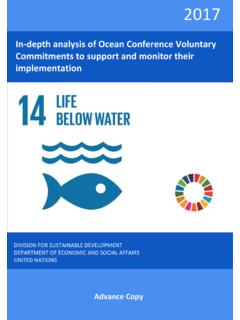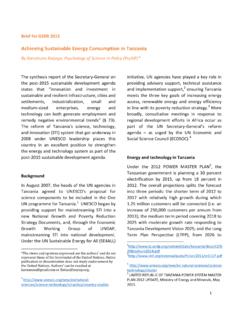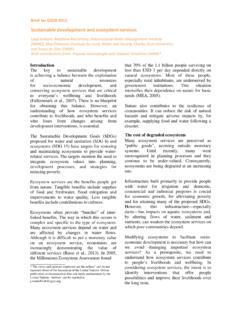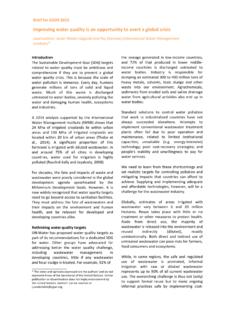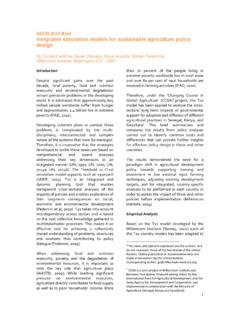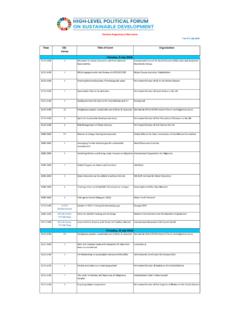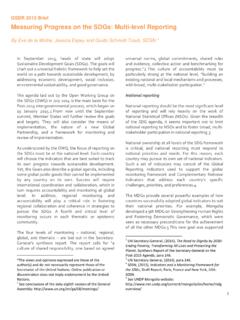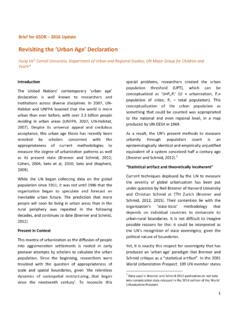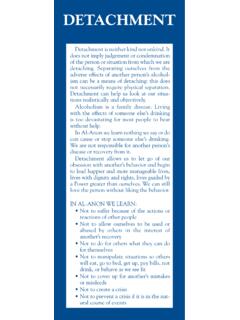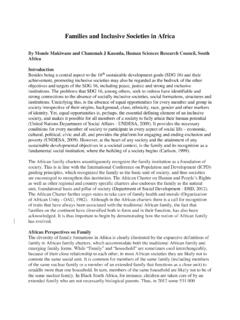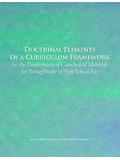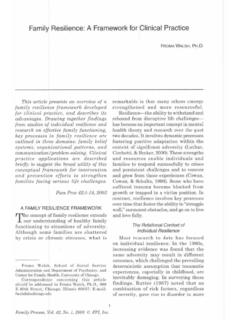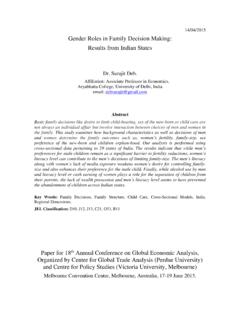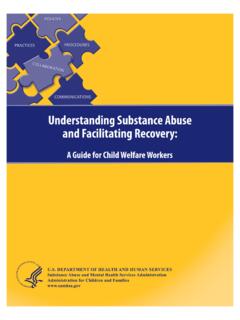Transcription of National Report of Ethiopia - United Nations
1 United Nations conference on Sustainable Development (Rio+20) National Report of Ethiopia Environmental Protection Authority 2012 Rio+20, National Assessment Report 2012 Ethiopia United Nations conference on Sustainable Development (Rio+20) National Report of Ethiopia Federal Democratic Republic of Ethiopia Environmental Protection Authority 2012 Rio+20, National Assessment Report 2012 Ethiopia Environmental Protection Authority, Federal Democratic Republic of Ethiopia , 2012 All rights reserved.
2 The document can used for non-commercial purpose if properly acknowledged. Enquiries may be sent to the address mentioned below. The Federal Democratic Republic of Ethiopia Environmental Protection Authority P. O. Box 12760 Addis Ababa, Ethiopia Telephone: +251116465007 or +251116464604 E-mail: Proper citation: EPA. 2012. National Report of Ethiopia , the United Nations conference on Sustainable Development (Rio+20). Federal Democratic Republic of Ethiopia , Addis Ababa Rio+20, National Assessment Report 2012 Ethiopia Table of Contents Foreword 5 Acronyms and Abbreviations 6 Executive Summary 8 1.
3 Background 14 2. Introduction 16 3. Political Commitment, Integrated Planning and Sustainable Development in Ethiopia , 1992-2012. 18 Integrated Planning 18 National policies, strategies and laws 20 International Agreements 21 4. Sustainable Development in Ethiopia , 1992-2012 25 Social Development 24 Economic Development 26 Environment Development 34 Challenges and Opportunities 39 5. Green economy in the context of sustainable development and poverty eradication 42 6. Institutional Framework for Sustainable Development 48 7. International Environment Governance (IEG) 50 8. The draft Rio+20 document entitled The Future We Want 50 Annex 1: Overview of the components of the CRGE Initiative 52 Annex 2.
4 Proceedings of National Assessments Report Validation Workshop 53 References Rio+20, National Assessment Report 2012 Ethiopia Page 5 of 73 Foreword The Federal Democratic Republic of Ethiopia submits this National Report in the hope that it will contribute to sharing of experiences among participants of the United Nations conference on Sustainable Development, at the Rio+20 conference scheduled to be held in Rio de Janeiro, Brazil in June 2012. Ethiopia has unveiled its sustainable and integrated development planning documents, the 5-year Growth and Transformation Plan and the Climate Resilient Green Economy Strategy that shaped the content of this Report .
5 The major thrust of the Report is a critical assessment of sustainable development efforts and achievements during the past two decades and provides a brief account of Ethiopia s planned path of green economy development. We believe Ethiopia s experience in integrated development planning and the green economy path of development that it is committed to pursue shall contribute to the outcome of the UNCSD. Federal Democratic Republic of Ethiopia Environment Protection Authority Rio+20, National Assessment Report 2012 Ethiopia Page 6 of 73 Acronyms and Abbreviations ADLI Agriculture Development Led Industrialization AGP Agricultural Growth Project ATA Agricultural Transformation Agency BAU Business as Usual CITES Convention on International Trade in Endangered Species of Wild Fauna and Flora CO2e Carbon dioxide equivalent COP conference of Parties CRGE Climate Resilient Green Economy EFAP Ethiopian Forestry Action Plan EIAR Ethiopian Institute of Agricultural Research EPA Environmental Protection
6 Authority EPCO Ethiopian Electric Power Corporation GA General Assembly GDP Gross Domestic Product GERDP Grand Ethiopia Renaissance Dam Project GHG Green House Gases GoE Government of Ethiopia GTP Growth and Transformation Plan GWh Giga Watt hour HDI Human Development Index HPR House of Peoples Representatives IBC Institute of Biodiversity Conservation IBRD International Bank for Reconstruction and Development ICPD International conference on Population and Development IEG International Environment Governance IFAD International Fund for Agricultural Development LDCs Least Developed Countries MDGs Millennium Development Goals mMSRr Mechanism to Motivating, Supporting and Rewarding Results MoFED Ministry of Finance and Economic Development MRV Monitoring, Reporting and Verification MW Mega watt NAPA National Adaptation Programme of Action Rio+20.
7 National Assessment Report 2012 Ethiopia Page 7 of 73 NBSAP National Biodiversity Strategy and Action Plan NCS National Conservation Strategy NGO Non Government Organization NSC National Steering Committee OFWE Oromia Forest and Wildlife Enterprise PASDEP Plan for Accelerated and Sustainable Development to End Poverty PFM Participatory Forest Management PMO Prime Minister s Office POPs Persistent Organic Pollutants PRSP Poverty Reduction Strategy Paper REDD+ Reducing Emissions from Deforestation and Forest Degradation R- PP REDD Preparation Proposal SDPASE Sustainable Development of Protected Area System of Ethiopia SDPRP Sustainable Development and Poverty Reduction Program SLMP Sustainable Land Management Program SREP Scaling-up Renewable Energy Program TNA Technology Needs Assessment TVET Technical and Vocational Education and Training UNCBD United Nations Convention on Biodiversity UNCCD United Nations Conventions to Combat Desertification UNCLOS United Nations Convention on the Law of the Sea UNCSD United Nations conference on sustainable Development UNDESA United Nations Department of Economic and Social Affairs UNDP United Nations Development Programme UNEP United Nations
8 Environment Programme UNESCO United Nations Educational, Scientific and Cultural Organization UNFCCC United Nations Framework Convention on Climate Change USD United States Dollar WBISP Woody Biomass Inventory and Strategic Planning Project WSSD World Summit on Sustainable Development Rio+20, National Assessment Report 2012 Ethiopia Page 8 of 73 United Nations conference on Sustainable Development, Rio+20 National Report of Ethiopia Executive Summary The United Nations General Assembly has called (in GA 64/236) for a United Nations conference on Sustainable Development (UNCSD) in 2012.
9 The objectives of the conference is to secure renewed political commitment for sustainable development, assess the progress to date and the remaining gaps in the implementation of sustainable development, and address new and emerging challenges. The themes of the UNCSD are (a) a green economy in the context of sustainable development and poverty eradication; and (b) institutional framework for sustainable development This National Report is prepared on the basis of the guidance note on supporting National preparations for the United Nations conference for Sustainable Development (UNCSD), issued by the Environment Protection Authority (EPA), the United Nations Department of Economic and Social Affairs (UNDESA) and United Nations Development Programme (UNDP), and through a National process that was guided by a Steering group and consultations with relevant sectors and NGOs.
10 The 1992 Rio conference and decision to follow sustainable development path coincided with a new era of social-economic and political changes in Ethiopia . After years of management under command economy, protracted civil war and recurring drought, the Transitional Government of Ethiopia was formed in 1991 and began a broad spectrum of reform measures to address both the immediate need of economic recovery and reconstruction to jump start the economy, while addressing the long-term structural problems of underdevelopment. Right after the 1992 Rio conference Ethiopia finalized a National Conservation Strategy also referred to as Conservation Strategy of Ethiopia (CSE) ); was adopted in 1993 a Population Policy with a goal to harmonize the rate of population growth and the capacity of the country for the development and rational utilization of natural resources to the end that the level of welfare of the population is maximized over time, which was reinforced later on by the Government s commitment to the ICPD Programme of Action adopted in 1994, whose objectives on the interrelationships between population, sustained economic growth and sustainable development were to ensure that population, environmental and poverty eradication factors are integrated in sustainable development policies.
